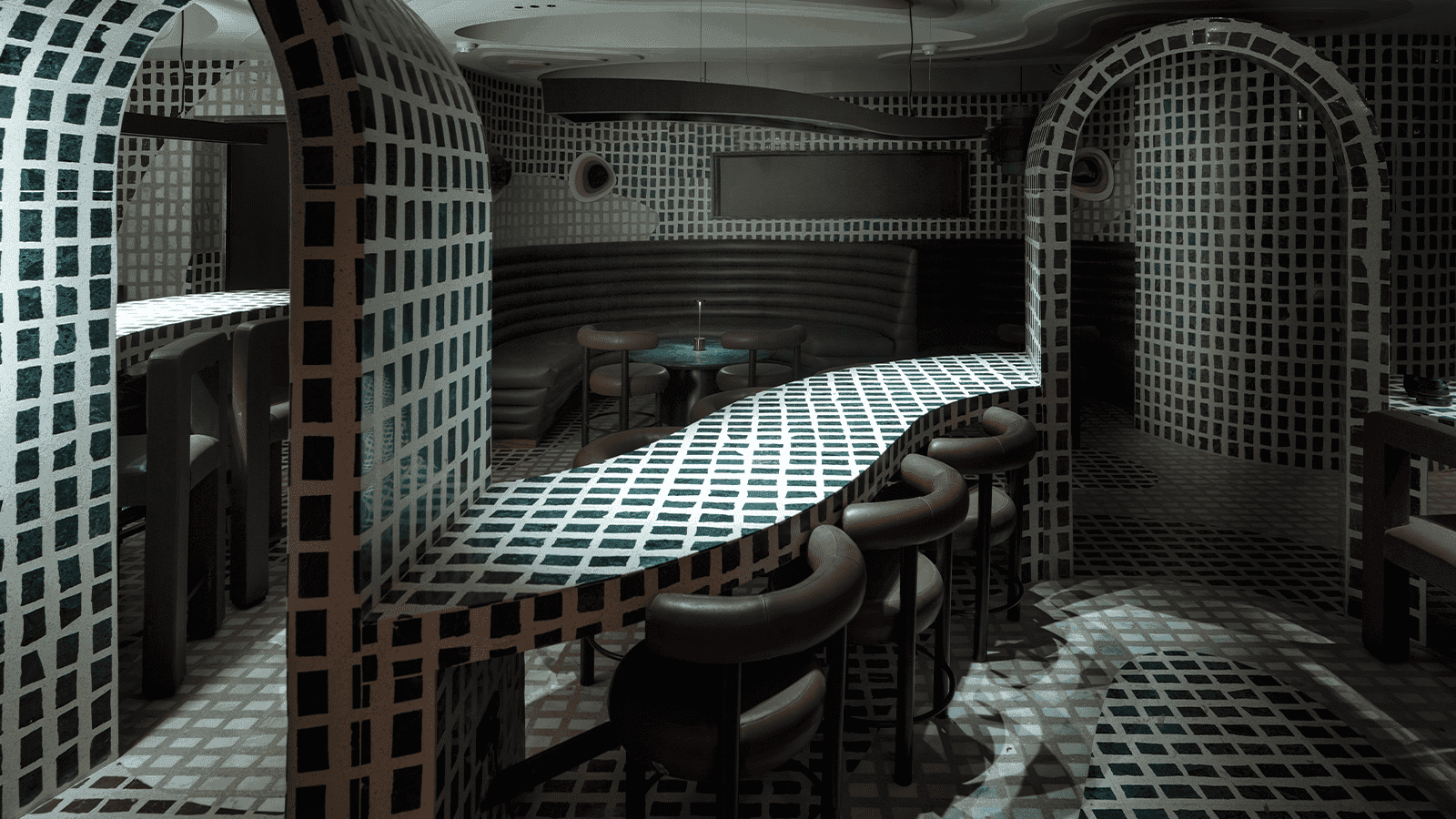There was a time when it seemed like terrazzo was on the floor of every Indian home. Its popularity made sense: it was cheap to produce, it let you recycle stone chips that were going to waste anyway, it magically made dust disappear, and it looked great. But with ubiquity comes boredom, and the minute Indian homeowners had access to something different, they jumped ship.
A penchant for westernised minimalism made marble the flooring of choice for a while, and when tastes shifted back to the vernacular, we were all raving about the cooling texture of Kota and Kadappa stone. Terrazzo wasn’t high-end enough to be part of the conversation. But now, sentiments have started to shift again. Architects want their work to be more eco-friendly; designers want to source locally, and homeowners want to see colour again. Terrazzo is poised to make a comeback.
With any good revival comes some great innovation. And one brand that’s been quick on the draw is New Delhi-based Parman Designs, whose work is rapidly reimagining the speckled medium. The studio launched five years ago (back when most people still associated terrazzo with their grandmothers’ living rooms and concrete-cast furniture was limited to RCC garden benches) and took the pattern off floors and onto walls, seating (for MuseLab), and even bathtubs (which they retail through their sister concern, Redden Bathware).








